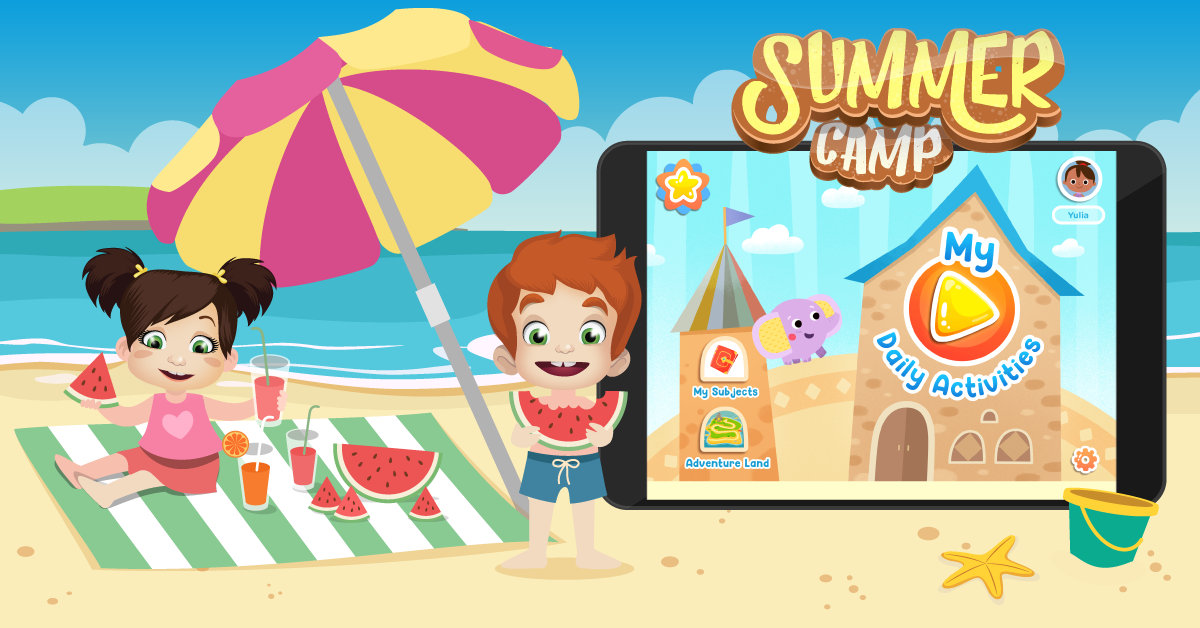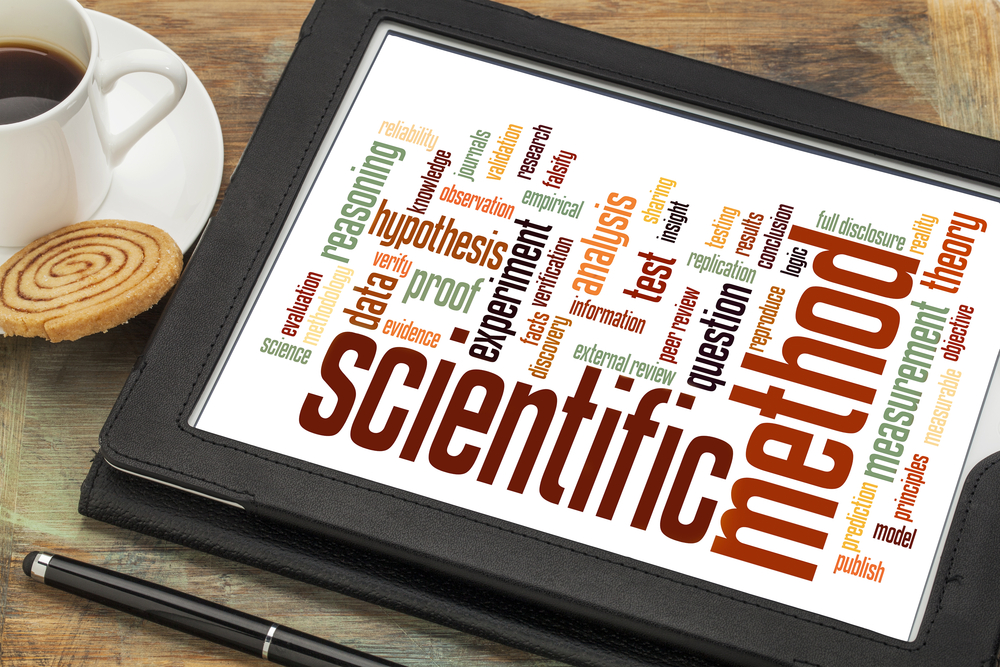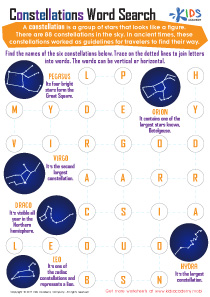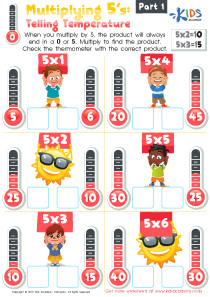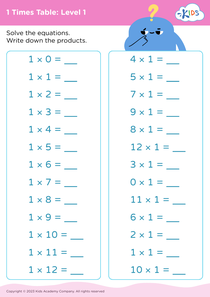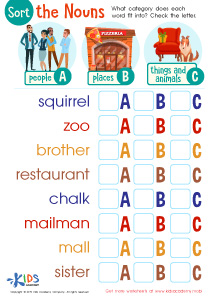Easy Third Grade Life Science Worksheets
1 filtered results
-
From - To
Grade 3 Fun Easy Life Science Worksheets
Discover the wonders of the natural world with our Grade 3 World Life Science Worksheets. These engaging worksheets help students explore the diversity of life, the amazing adaptations of plants and animals, and the complex web of ecosystems on our planet. With clear, concise instructions and colorful illustrations, our worksheets make learning about the natural world fun and easy. Our comprehensive curriculum covers topics such as the human body, habitats, food chains, and much more. Encourage curiosity and a love for science with the Easy World Life Science Worksheets – the perfect tool for any Grade 3 science classroom!
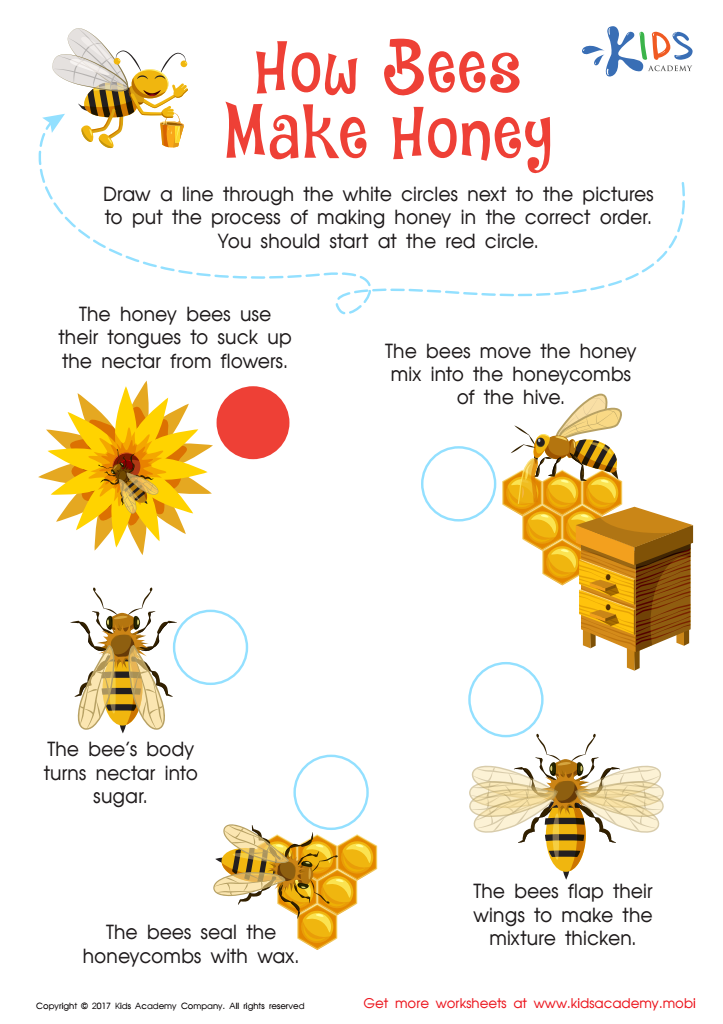

Honey Bee Worksheet
The Benefits of Using World Life Science Worksheets in Grade 3 Education
World Life Science Worksheets are an excellent resource for Grade 3 students who are learning about the complex world of living organisms. The materials contained in the Easy worksheets are designed to introduce children to the fundamentals of biology in a fun and engaging way. By using these resources, teachers can help students gain a deeper appreciation for all of the different forms of life found on Earth.
One of the biggest benefits of the World Life Science Worksheets is their ability to help students develop critical thinking and problem-solving skills. Each worksheet presents students with a unique challenge related to life science, such as identifying different types of animals or learning about the characteristics of plants. By working through these exercises, students are encouraged to think creatively and come up with solutions to complex problems.
In addition to their educational benefits, the World Life Science Worksheets are also easy to use and understand. The materials are designed to be accessible to young learners, with clear instructions and colorful illustrations that help to keep children engaged. This simplicity also makes the worksheets an excellent resource for teachers who are looking for engaging, high-quality materials to use in their lessons.
Perhaps one of the most significant benefits of using World Life Science Worksheets is their ability to promote a sense of curiosity and wonder in students. Through these materials, students are introduced to the vast diversity of living organisms found on our planet, from tiny insects to majestic elephants. As they learn about these creatures, they are encouraged to ask questions, make observations, and develop a deeper appreciation for the natural world.
Moreover, the World Life Science Worksheets also serve as a helpful resource for teachers in the classroom. These worksheets can be used to reinforce lessons, supplement lectures or help students prepare for upcoming exams. Because the materials are designed to be easy to use and understand, teachers can quickly and effectively integrate them into their lesson plans.
Finally, one of the most significant benefits of using World Life Science Worksheets is that they offer a hands-on, interactive learning experience for students. Rather than simply reading about the different types of animals or plants in a textbook, students are encouraged to actively engage with the material in a way that helps them develop a deeper understanding of the content.
In conclusion, World Life Science Worksheets are an invaluable resource for Grade 3 students who are learning about the complex world of living organisms. These materials offer a hands-on, engaging way for students to develop critical thinking and problem-solving skills, while also fostering a sense of curiosity and wonder for the natural world.

 Assign to the classroom
Assign to the classroom
